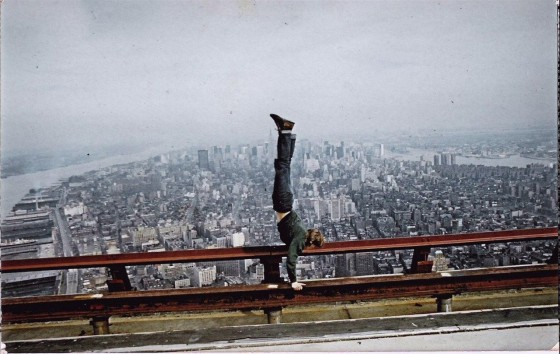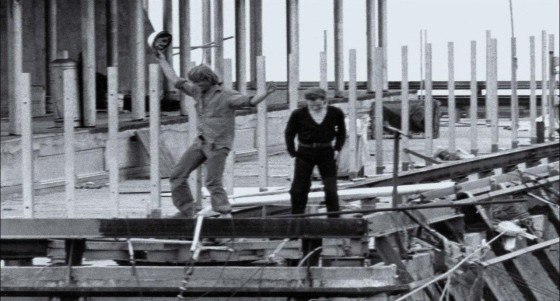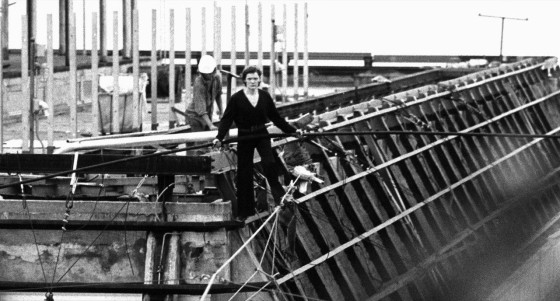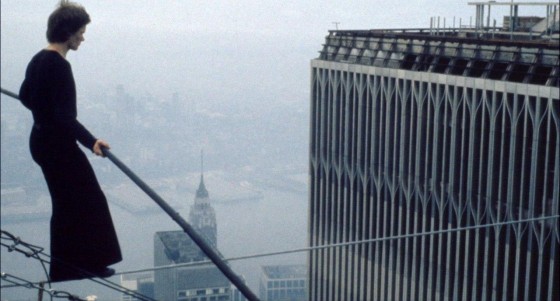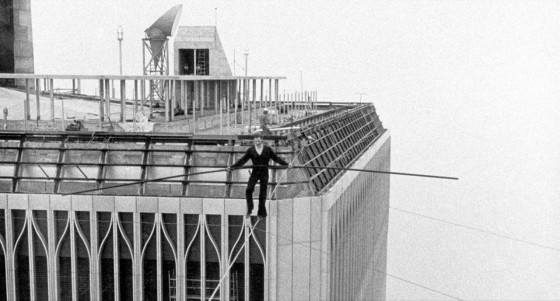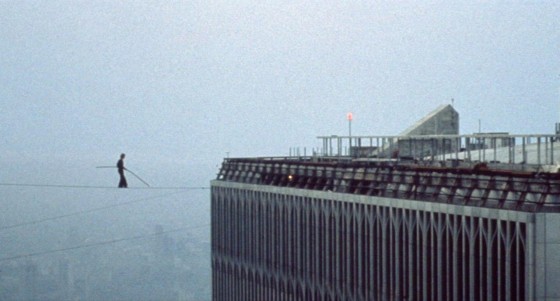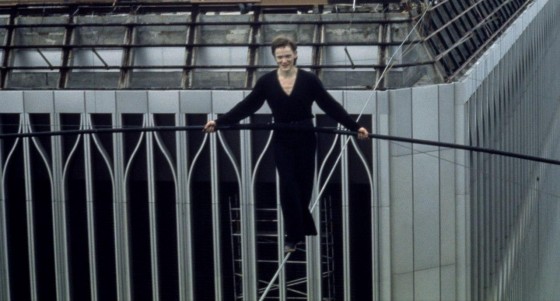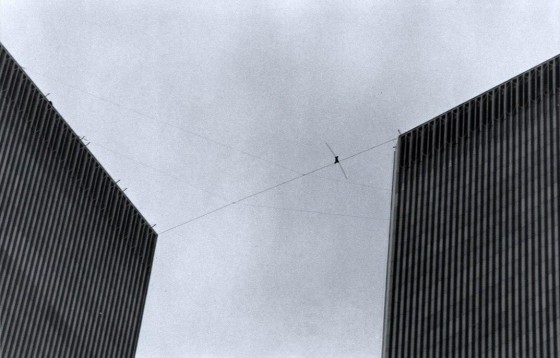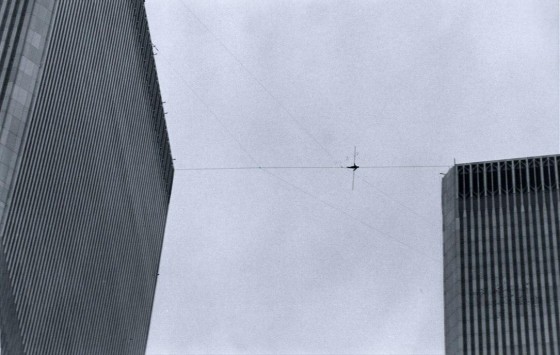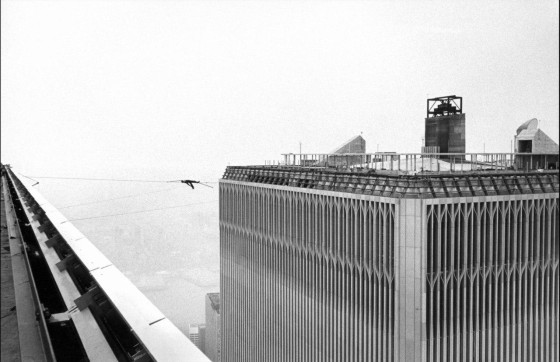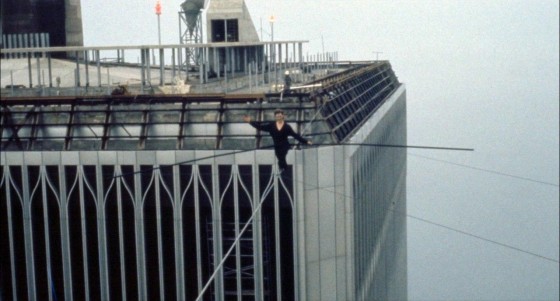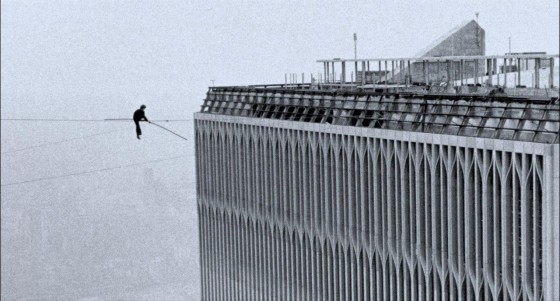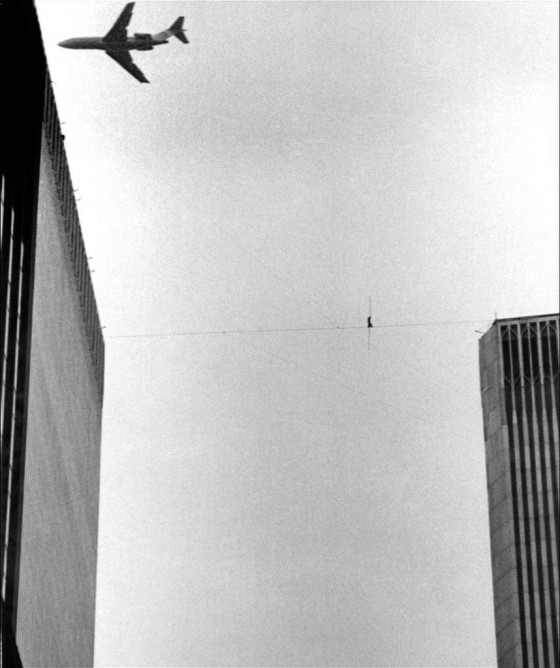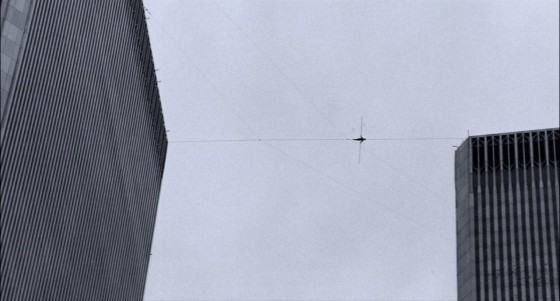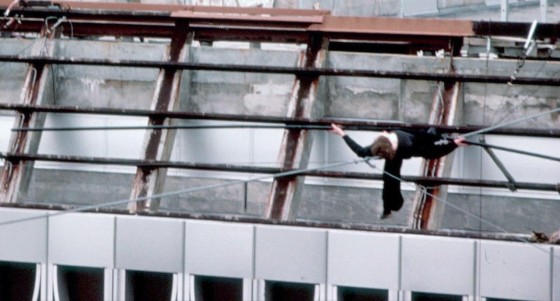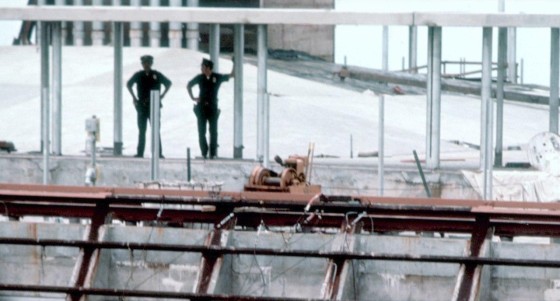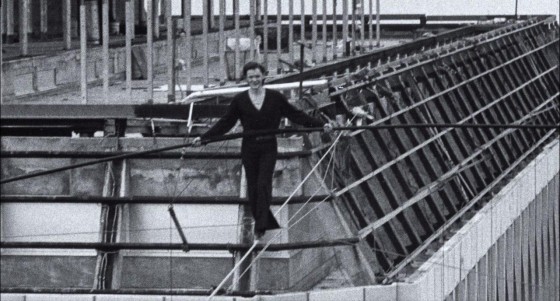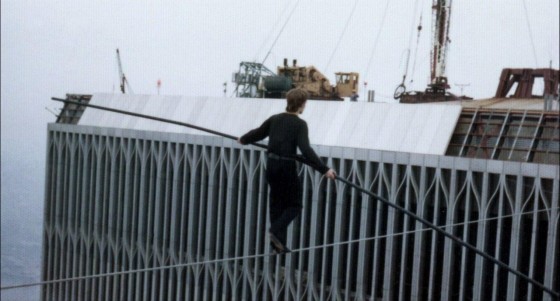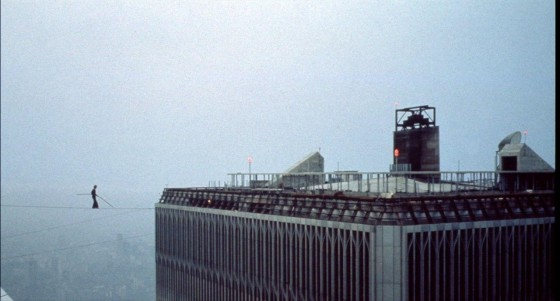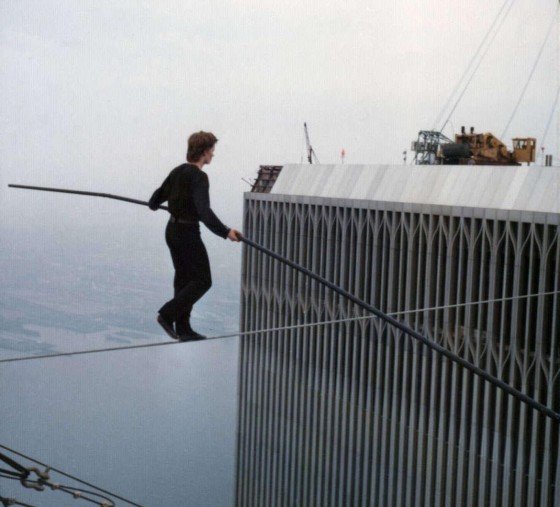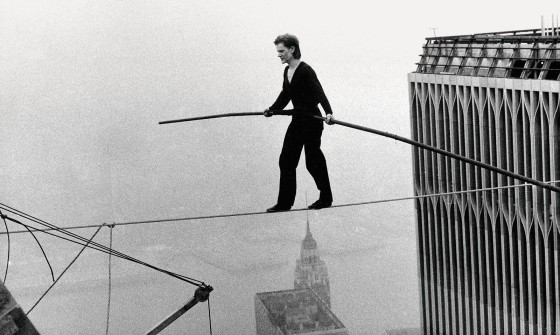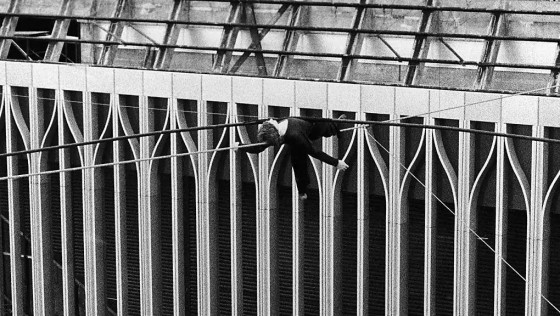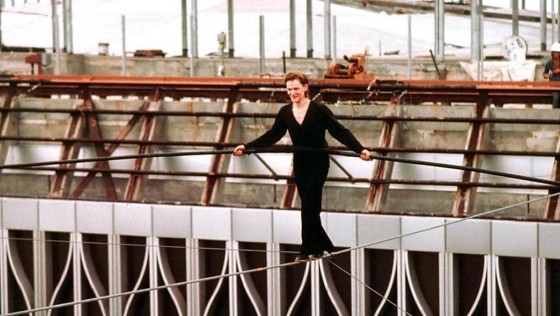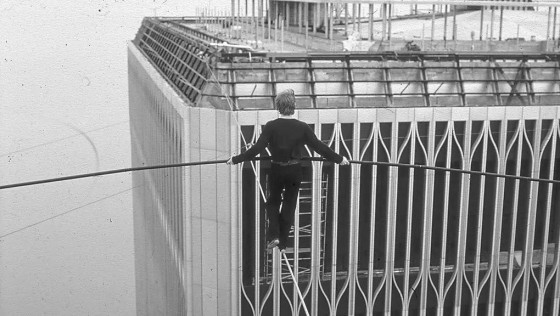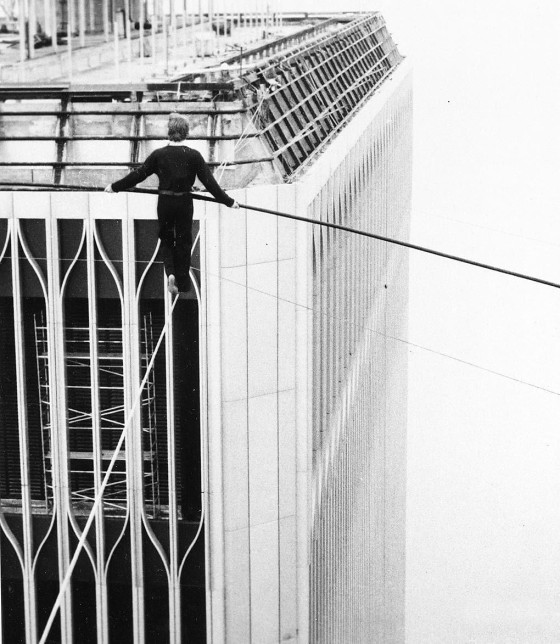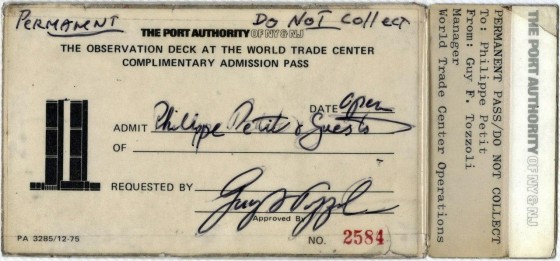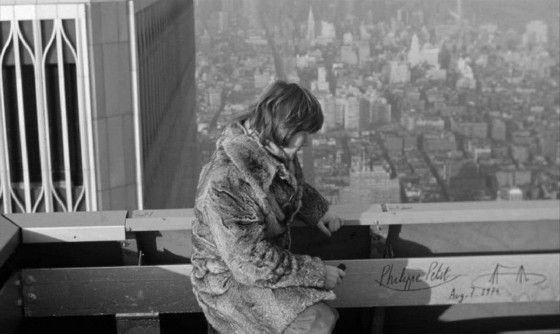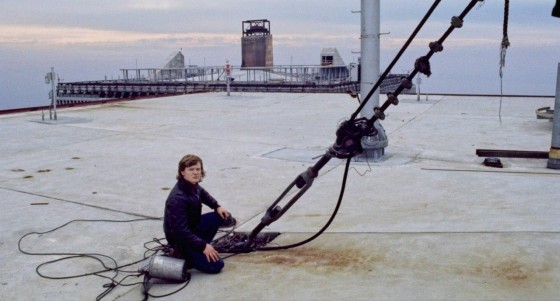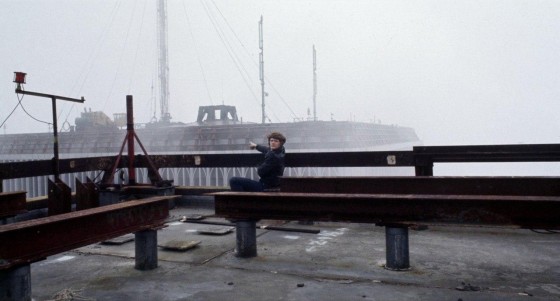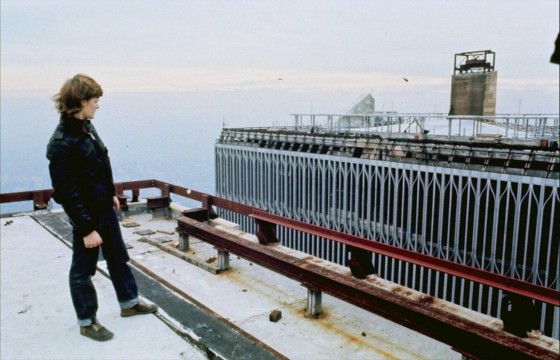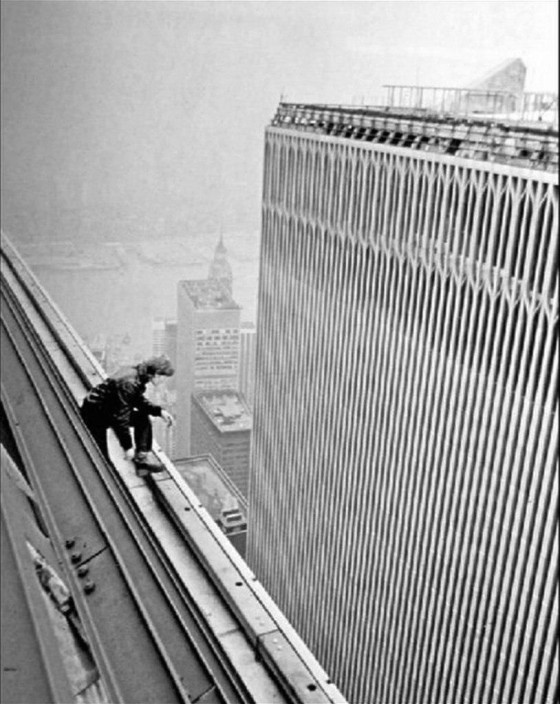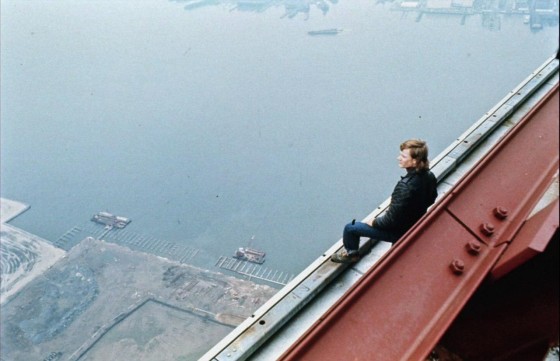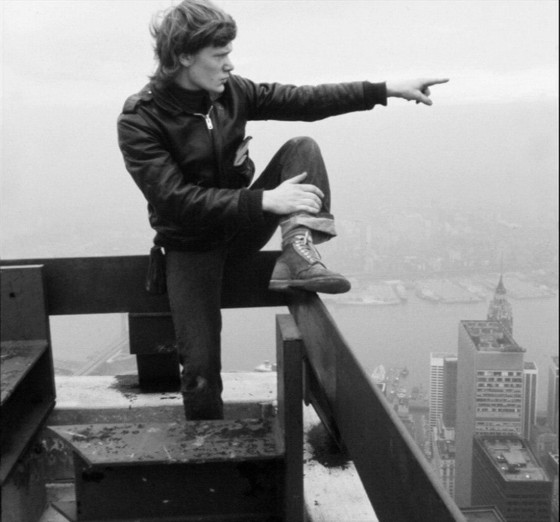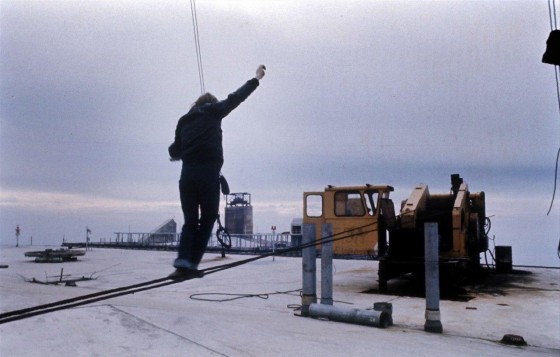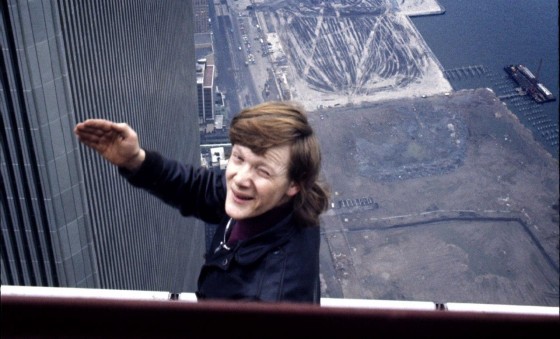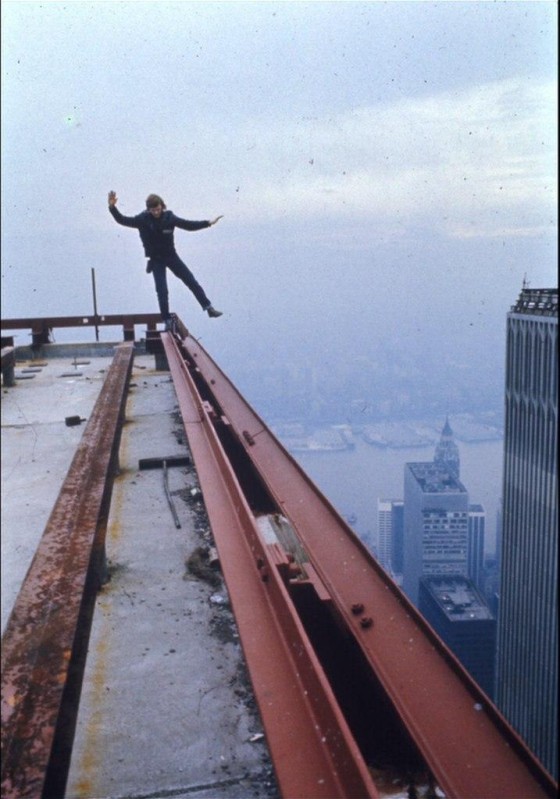Petit conceived his "coup" when he was 18, when he first read about the proposed construction of the Twin Towers and saw drawings of the project in a magazine, which he read in 1968 while sitting at a dentist's office. Petit was seizedby the idea of performing there, and began collecting articles on the Towers whenever he could.
What was called the "artistic crime of the century" took Petit six years' planning. During this period, he learned everything he could about the buildings and their construction. In the same period, he began to performhigh-wire walking at other famous places. Rigging his wire secretly, he performed as a combination of circus act and public display. In 1971, he performed his first such walk between the towers of the cathedral of Notre Dame de Paris,while priests were being ordained inside the building. In 1973, he walked a wire rigged between the two north pylons of the Sydney Harbour Bridge.
In planning for the Twin Towers walk, Petit had to learn how to accommodate issues such as the swaying of the high towers due to wind, which was part of their design; effects of wind and weather on the wire at that height, how to rig a200 ft (61 m) steel cable across the 138 ft (42 m) gap between the towers (at a height of 1,368 ft (417 m)), and how to gain entry with his collaborators, first to scope out the conditions and lastly, to stage the project. They had to bring heavy equipmentto the rooftops. He travelled to New York on numerous occasions to make first-hand observations.
Since the towers were still under construction, Petit and one of his collaborators, New York-based photographer Jim Moore, rented a helicopter to take aerial photographs of the buildings.Two more collaborators, Jean-François and Jean-Louis, helped him practice in a field in France, and accompanied him to take part in the final rigging of the project, as well as to photograph it. FrancisBrunn, a German juggler, provided financial support for the proposed project and its planning.
Petit and his crew gained entry into the towers several times and hid in upper floors and on the roofs of the unfinished buildings to study security measures. They alsoanalyzed the construction and identified places to anchor the wire and cavalletti. Using his own observations, drawings, and Moore's photographs, Petit constructed a scale model of the towers to design the needed rigging for thewire walk.
Working from the ID of an American who worked in the building, Petit made fake identification cards for himself and his collaborators (claiming they were contractors who were installing an electrified fence on the roof) to gain access tothe buildings. Prior to this, Petit had carefully observed the clothes worn by construction workers and the kinds of tools they carried. He also took note of the clothing of office workers so that some of his collaborators could pose as white-collar workers.He observed what time the workers arrived and left, so he could determine when he would have roof access.
As the target date of his "coup" approached, he claimed to be a journalist with Metropolis, a French architecture magazine, so that he could gain permission to interview the workers on the roof. The Port Authority allowed Petit to conductthe interviews, which he used as a pretext to make more observations.
On the night of Tuesday, 6 August 1974, Petit and his crew had a lucky break and got a ride in a freight elevator to the 104th floor with their equipment. Theystored it 19 steps below the roof. To pass the cable across the void, Petit and his crew had settled on using a bow and arrow attached to a rope. They had to practice this many times to perfect their technique. They first shot acrossa fishing line, which was attached to larger ropes, and finally to the 450-pound (200 kg) steel cable. The team was delayed when the heavy cable sank toofast, and had to be pulled up manually for hours. Petit had already identified points at which to anchor twotiranti (guy lines) to other points to stabilize the cable and keep the swaying of the wire to a minimum.
Event
Shortly after 7 am local time, Petit stepped out on the wire and started to perform. He was 1,350 feet (410 m) above the ground. He performed for 45 minutes, making eight passes along the wire, during which he walked, danced, lay down onthe wire, and knelt to salute watchers. Crowds gathered on the streets below. He said later that he could hear their murmuring and cheers.
When New York Police Department and Port Authority of New York police officers learned of his stunt, they came up to the roofs of both buildings to try to persuade him to leave the wire. They threatened to pluck him off by helicopter. Petitgot off when it started to rain.
Aftermath
There was extensive news coverage and public appreciation ofPetit's high-wire walk. The district attorney dropped all formal charges of trespassing and other items relating to his walk on condition that Petit give a free aerial show for children in Central Park.He performed on a high-wire walk in the park above Belvedere Lake (now known as Turtle Pond).
The Port Authority of New York and New Jersey gave Petit a lifetime pass to the Twin Towers' Observation Deck. He autographed a steel beam close to the point where he began his walk.
Petit's high-wire walk is credited with bringing the Twin Towers much needed attention and even affection, as they initially had been unpopular. Critics such as historian Lewis Mumford had regarded them as uglyand utilitarian in design, and too large a development for the area. The Port Authority was having trouble renting outall of the office space.
Petit's World Trade Center stunt was the subject of SandiSissel's 1984 half-hour documentary, High Wire, which featured music from Philip Glass's Glassworks. The documentary film Man on Wire (2008), by UK director James Marsh, is about Petit and his 1974 WTC performance. It won both theWorld Cinema Jury and Audience awards at the Sundance Film Festival 2008. It combines historical footage with re-enactment and has the spirit of a heist film.
Text sourced from Wikipedia.


